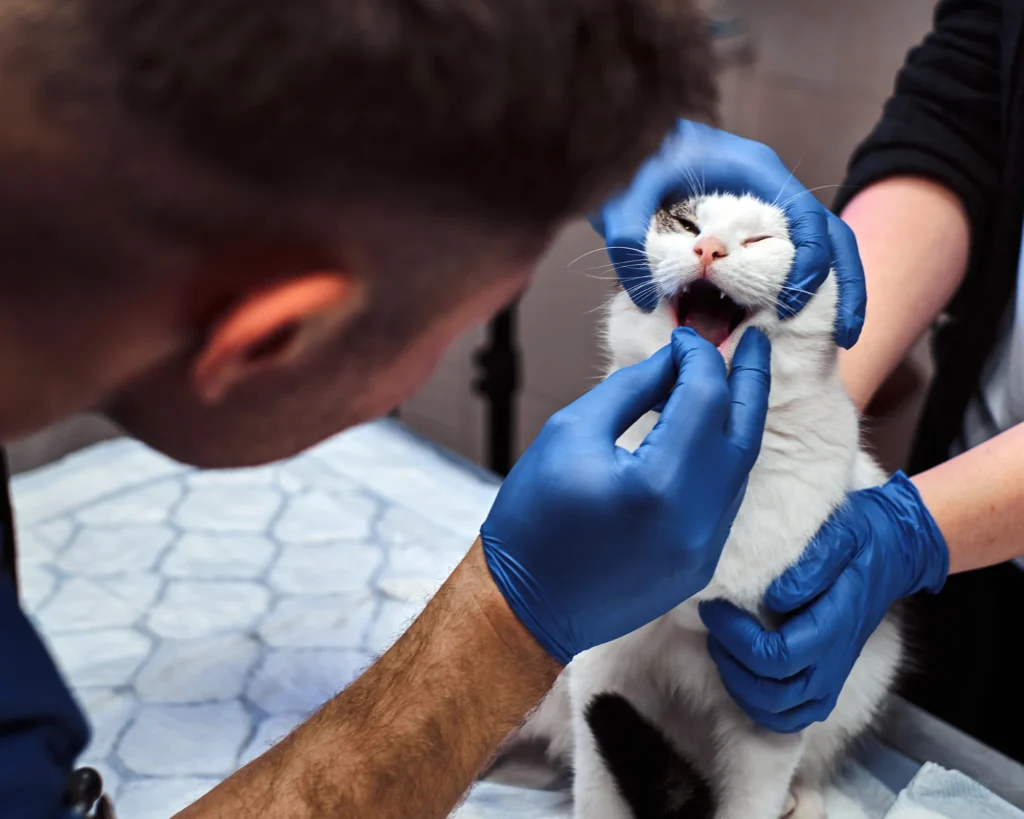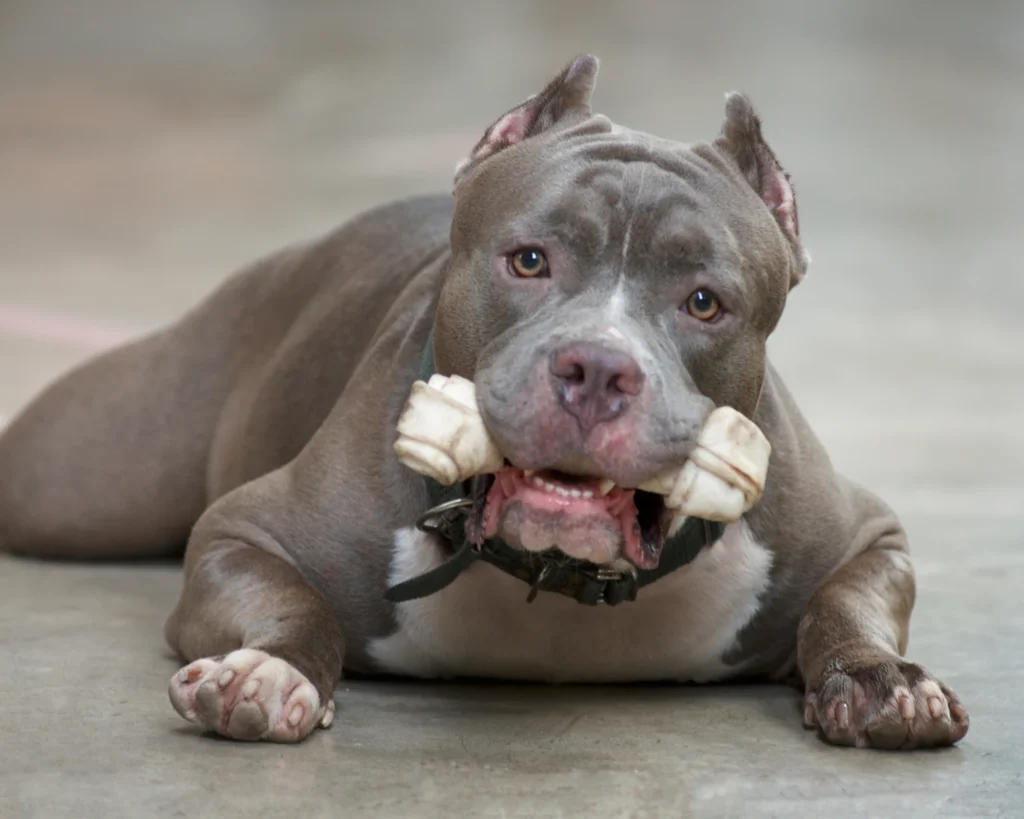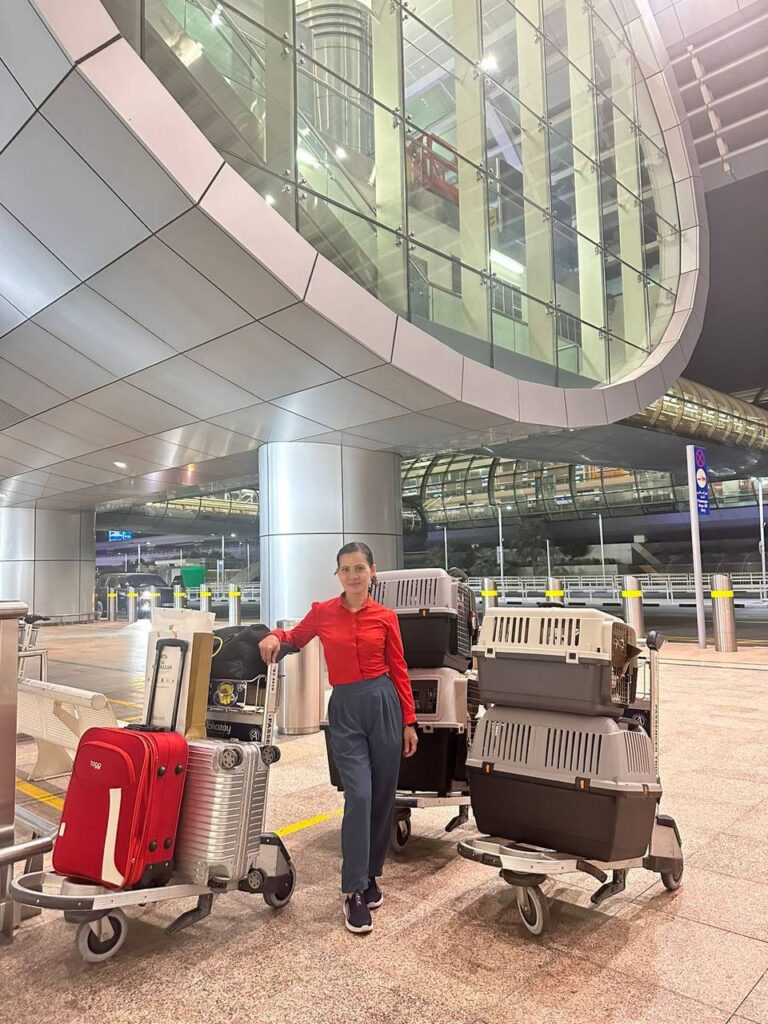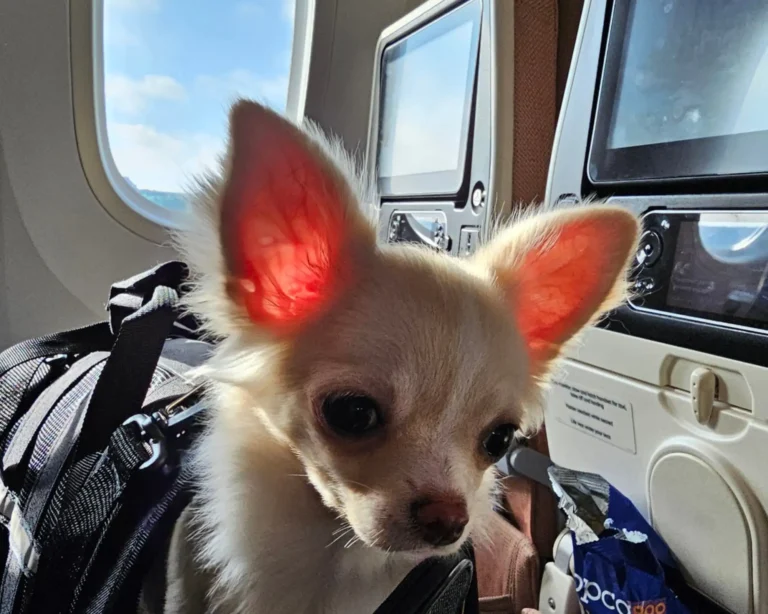Singapore, well known for its cleanliness and strict laws and regulations, makes no exceptions when it comes to pet importation. If you plan to import a domestic pet to the city-state, you will need meticulous preparation to make sure you’re adhering with the Animal & Veterinary Service’s (AVS) guidelines.
Keep on reading to learn about moving dogs and cats to Singapore, we are explaining everything in detail, so you don’t need to stress out while planning your move.
Understanding Singapore’s import schedules
Before moving dogs and cats to Singapore, it’s important to acknowledge that Singapore categorizes countries into three schedules based on the level of rabies risk:
- Schedule I (Rabies-free countries/regions): Examples include Australia and New Zealand.
- Schedule II (Controlled rabies risk countries/regions): Examples include the USA and Canada.
- Schedule III (High rabies risk countries/regions): Examples include India and Thailand.

Each schedule has specific import requirements. Start by identifying your country’s classification to determine the necessary procedures and requirements for bringing pets to Singapore.
| Schedule I (Rabies-free countries/regions) | Schedule II (Controlled rabies risk countries/regions) | Schedule III (High rabies risk countries/regions) |
|
|
|
Moving dogs and cats to Singapore checklist: Pre-import requirements
Age and microchipping
- Age: Pets must be at least 12 weeks old at the time of import.
- Microchip: An ISO-compliant microchip (11784/11785) is mandatory. The microchip must be implanted before any vaccinations, and its number correctly recorded in all documentation.
Read more: Pet microchip | How it works and its importance for international pet travel
Vaccinations
- Rabies vaccination:
- Schedule I: Not required.
- Schedule II & III: Mandatory. Pets must be vaccinated against rabies at least 30 days and not more than 12 months before entry into Singapore.
- Other vaccinations:
- Dogs: Vaccinations against Canine Distemper, Hepatitis, and Parvovirus are required.
- Cats: Vaccinations against Feline Calicivirus, Herpesvirus, and Panleukopenia are required.
Rabies neutralizing antibody titer test (RNATT)
- Schedule II & III: A rabies antibody titer test is required. The blood must be drawn at least 30 days after the rabies vaccination was administered and no less than 3 months before import to Singapore.
What are the import procedures of moving pets to Singapore?
Import permit
Apply for an import permit via the NParks website. The permit is valid for 30 days from the date of issue.
Quarantine booking
- Schedule I: Generally, no quarantine is required.
- Schedule II: Pets may be subject to a 10-day quarantine.
- Schedule III: A minimum 30-day quarantine at the Sembawang Animal Quarantine Station is mandatory.
When it comes to dog and cat quarantine booking, reservations should be made well in advance due to limited availability.
Veterinary health certificates for pets

Obtaining a health certificate from a licensed veterinarian for your pet is one of the crucial steps of moving dogs and cats to Singapore.
It’s recommended that you should process the health certificate within seven days before departure.
The certificate should certify your pet’s health status and compliance with Singapore’s import requirements.
Customs clearance
You’ll need to hire a forwarding agent to obtain a Customs In-Payment (Goods and Services Tax) permit before your pet’s arrival in Singapore.
What are the prohibited breeds and restrictions?
- Dogs: Breeds such as Pit Bull, Akita, and Dogo Argentino, often considered aggressive breeds, are prohibited. Below follows a detailed list of all banned dog breeds.
- Cats: First to fourth-generation Bengal or Savannah hybrids are not permitted.

Banned dog breeds include:
- Pit Bull, including: American Pit Bull Terrier (also known as American Pit Bull and Pit Bull Terrier), American Staffordshire Terrier, Staffordshire Bull Terrier, American Bulldog, Crosses of these and other breeds.
- Akita.
- Boerboel.
- Dogo Argentino.
- Fila Brasileiro.
- Neapolitan Mastiff.
- Tosa.
- Perro De Presa Canario.
- Crosses of any of the above breeds.
Living with pets in Singapore: Is it worth it?
Housing regulations
Singapore has put in place housing regulations regarding pet ownership for two types of residences: HDB apartments and private residences.
In HDB flats, only one small dog of an approved breed is allowed. Cats are generally not permitted. As for private residences, they generally offer more flexibility but you will need to check with your landlord or management company for specific pet policies that may apply.
Public spaces
Singapore hosts many pet-friendly parks and cafes. However, pets must be leashed in public areas, and owners are responsible for maintaining cleanliness.
Pet care services

High-quality veterinary clinics and pet services are not lacking in Singapore. We recommend budgeting for routine health check ups, premium pet food, and other potential medical expenses since the bills tend to add up rather quickly.
5 steps to follow for a smooth arrival to Singapore
- Identify your country’s schedule: Find out your country’s classification and check the specific import requirements that apply to your country group.
- Prepare pet travel documentation and vaccinations: Work with your veterinarian to make sure all vaccinations are up-to-date, and documents are in order.
- Apply for import permit and quarantine: Submit applications well in advance to avoid getting held back by processing waiting time and fully booked quarantine spaces.
- Arrange travel: Book flights with airlines experienced in pet transport and with a high reputation regarding animal safety in transit.
- Arrival procedures: Upon arrival, pets will undergo inspection. Work with your pet travel agent to make sure all documentation is readily available for verification.
How Purrfect Pilots can help move your pets to Singapore

At Purrfect Pilots, we specialize in facilitating international pet relocations, ensuring your pets’ journey to Singapore is safe and comfortable.
Are you looking to move dogs and cats to Singapore? We can help you prepare and travel with your pet.





